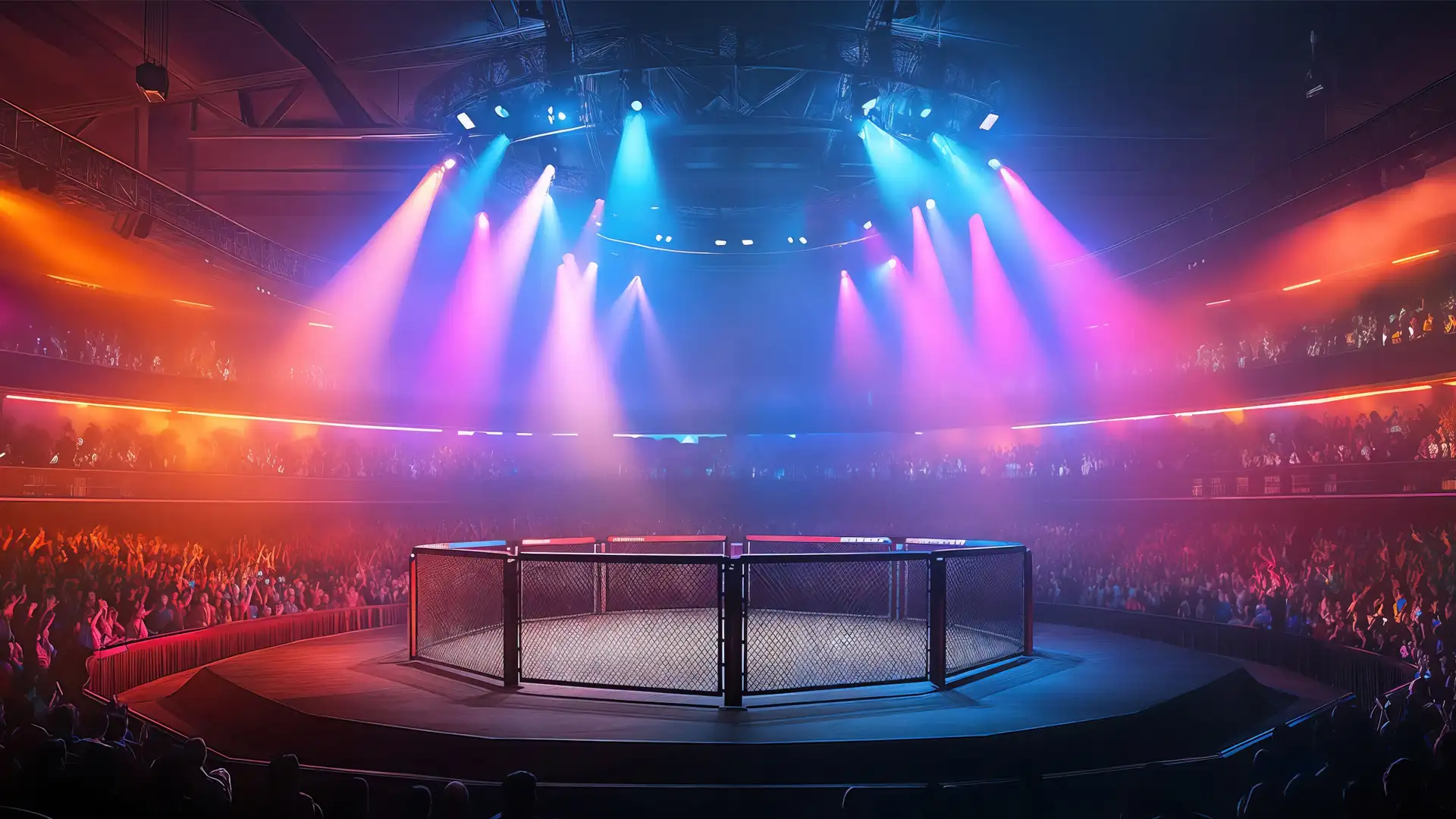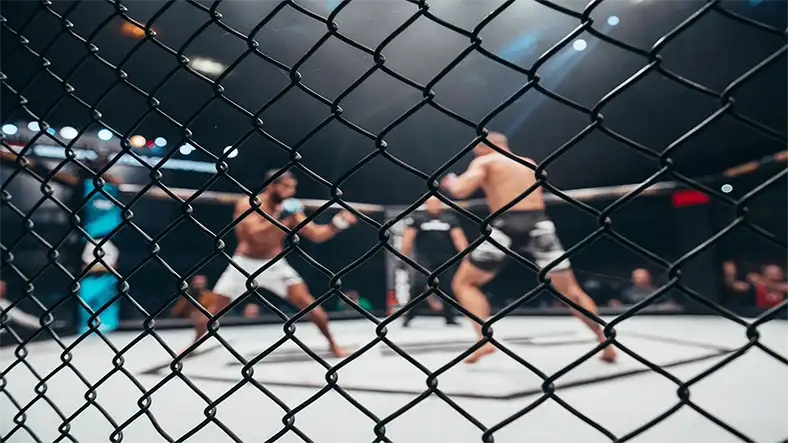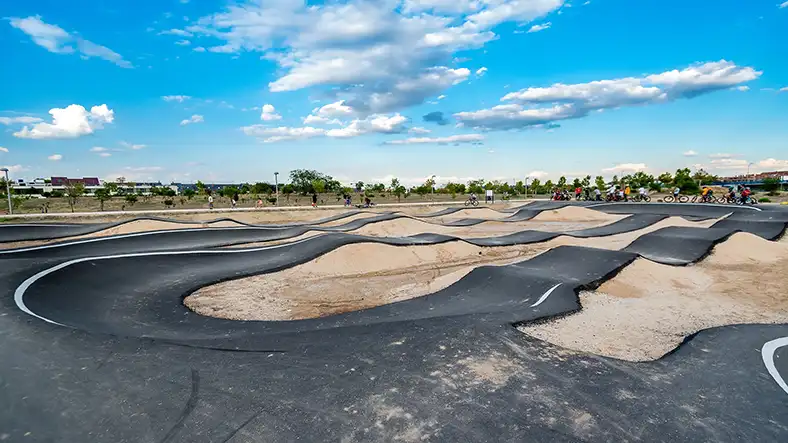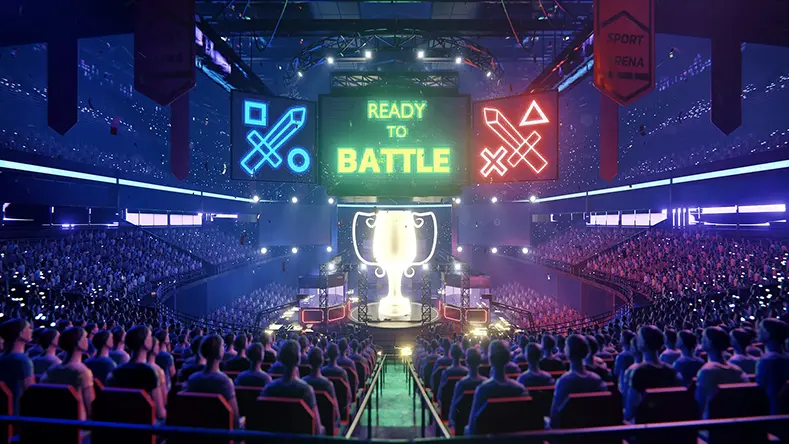Voluntary standards: it’s going to be sporty!

Setting a framework so as not to end up on the mat. Over the last few years, MMA has experienced dazzling growth, accelerated by its legalization in France in 2020. In competition, Mixed Martial Art is practised in a “cage”: an octagonal wire mesh, an integral part of the discipline since fighters can use it during confrontations. On the floor, a mat similar to a judo tatami cushions the often violent falls.
Except that today, there are no technical specifications for these two essential elements of the discipline,” notes Jean-René Savary, founder of SportCom Europe and manufacturer – among others – of MMA cages. The mesh must be flexible enough not to injure the fighters, but also strong enough to prevent them from falling through! And the floor must ensure the safety of the athletes – sometimes 130kg athletes thrown by their opponents – while allowing them to move quickly. Violent shocks to the head are among the main risks.
Voluntary standards fill a gap
For this specialist, there is a real legal and standards vacuum, which protects no-one: not athletes, not fight organizers, not local authorities wishing to install MMA cages, not equipment manufacturers. “In concrete terms, in the event of a serious accident, insurance companies will be able to refuse compensation on the pretext that there is no framework in place. This is a major obstacle to the development of the discipline”, argues Jean-René Savary.

It was for this reason that this professional turned to AFNOR several months ago, asking for a reflection on the subject. And his wish has been granted: a standardization committee has been set up, bringing together a number of professionals, the federation and expert laboratories, to carry out strength calculations for different materials according to the loads to which they are subjected. You can follow the progress of the project by registering for our June 12, 2025 information webinar here.
Standardization to avoid going off track
When it comes to pumptracks, the players intend to move up a gear. With their moguls and bumps, these asphalt tracks are ideal for mountain bikes, BMXs, skateboards and scooters. By 2021, an AFNOR Spec had already been drawn up by pioneers in the sector. At the time, there were fewer than 250 tracks in France. Six years later, the 1,000 mark has just been passed!
AFNOR Spec has clearly accelerated the development of this sport,” says Vincent Chrzanowski, co-founder of pumptracks designer HTracks, who you can listen to in this video at the start of normative work in 2019 during his partnership with Hurricane, which is now over. The construction of trails is generally the responsibility of local authorities. The reference system reassures town councils, who have a document to fall back on. “Because this equipment is not without risks. Bumps that are too close together, corners that are too tight, tracks that aren’t properly separated, and it’s a crash or a collision!

Vincent Chrzanowski continues: We now need to go further with a voluntary standard, based on a principle of balance: setting strict safety rules, but leaving room for trail designers. There’s no question of having the same pumptrack course all over France! The beauty of pumptrack lies in its diversity. Loops or jumps over the runway, for example, would be among the aspects prohibited by the standard, as reserved for professionals and unsuitable for children. The kick-off is approaching: the work of the standardization committee – a world first on the subject – starts on June 17, 2025. You can follow the informative webinar by registering here.
Standardize to avoid being beaten
On the esport(pronounced “i-sport”
) side, enthusiasm is more measured. In this recent and alternative field, the normative subject doesn’t stir up the crowds as much as the broadcasting of a virtual video game competition, which can bring together several million people all over the world! Everything hinges on the very definition of esport,“sums up Nicolas Besombes, esport sociologist and lecturer at Université Paris-Cité.
It’s a protean activity, with fighting, racing, strategy, card and shooting games, played on computers, tablets or consoles. There’s also exergaming, a contraction of exercise and gaming, for games that simulate sporting gestures… In short, esport has its own identity.”

However, some countries, notably in Asia, are speeding up standardization work in this area. In the background: the desire to bring these activities closer to the traditional sporting framework. In France, this offensive is frowned upon. Esport intends to defend its independence, without having its disciplines attached to an existing federation,“insists Nicolas Besombes. We need to make our voice heard! On the other hand, we do encourage voluntary standardization, which would make it easier to organize tournaments, lay down rules for the necessary digital architecture, or support distribution”.
A standards battle is on the horizon. You can register for our informative webinar on the subject, scheduled for July1, 2025. But before stepping into the ring, participants may need to consider a new standard… Because despite its age, boxing has no voluntary standard for ring design! A new subject for AFNOR?